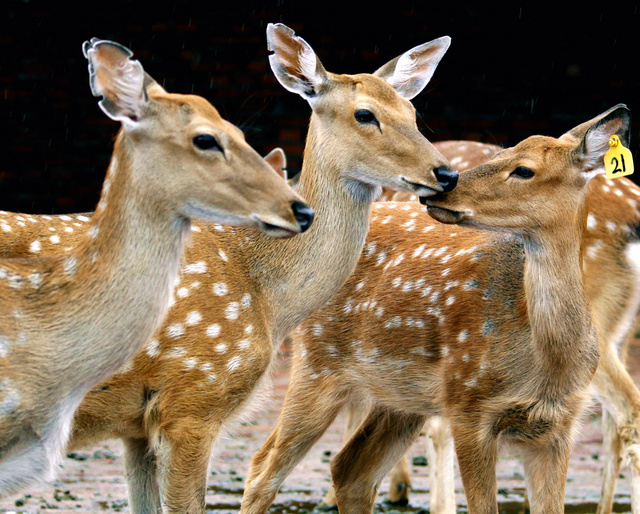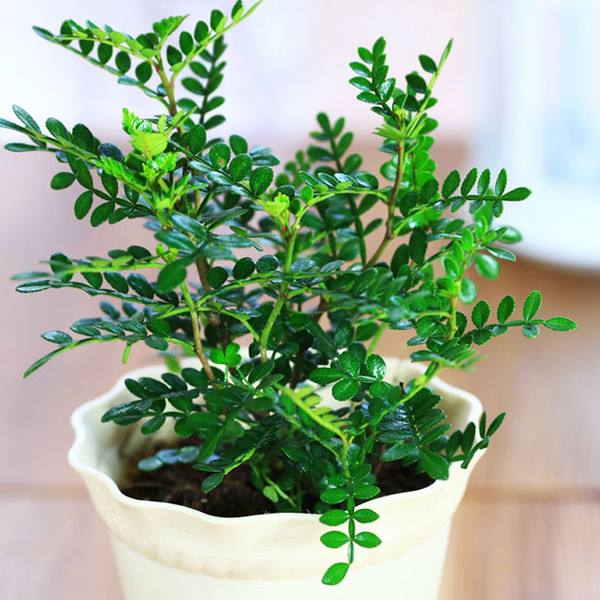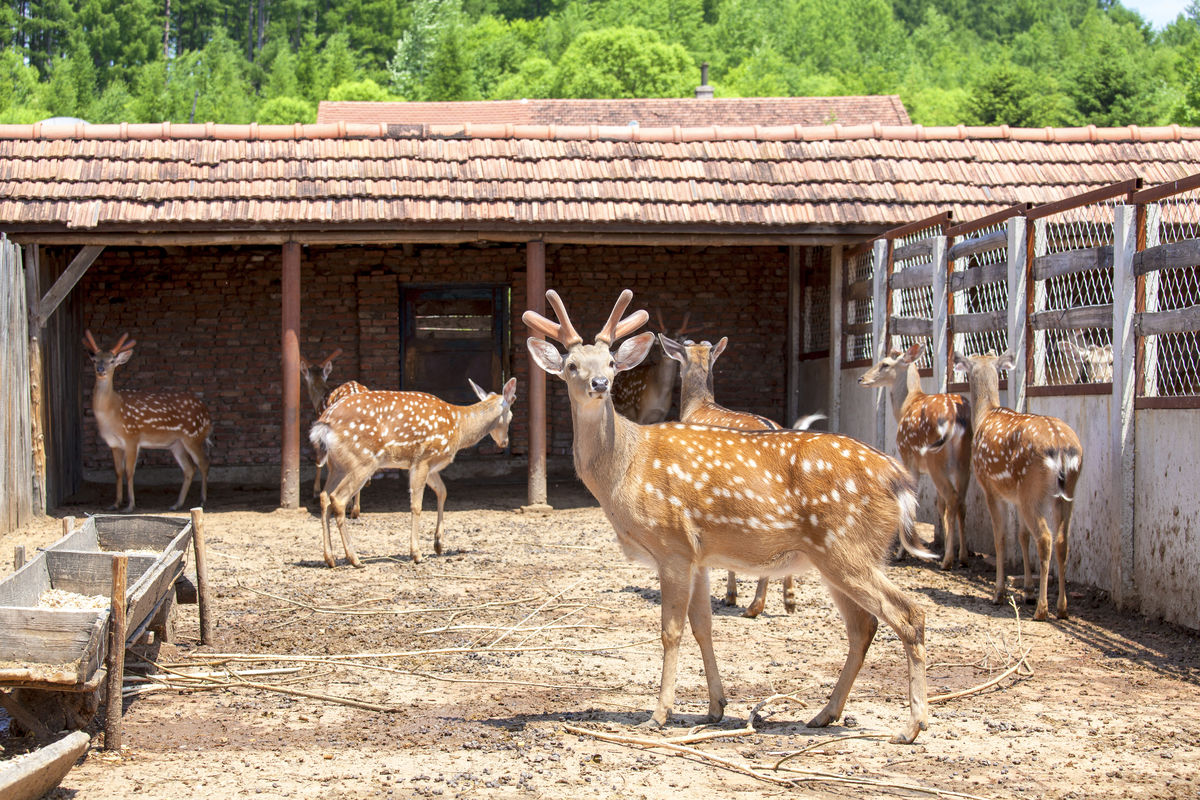Can sika deer be killed? what are the conditions for sika deer breeding?
Sika deer is a rare animal in the world, and it has high medicinal value, especially the high-priced velvet antler has become a precious health product to strengthen the body and prolong life. In recent years, with the state's support for rural breeding projects, more and more farmers have started the breeding industry, and sika deer are considered by many farmers. But in our country, for the breeding of protected animal sika deer, we need to go through certain procedures in order to breed, so can the farmed sika deer be killed? What are the conditions for sika deer breeding? Let's take a look!

Are sika deer protected animals? you should know that wild sika deer are first-class protected animals in China. They are highly endangered animals in China, with a total number of less than 1000. Wild sika deer cannot be kept in captivity without authorization. If you want to engage in sika deer breeding, you should first submit an application for breeding to the local police station or forestry department. Only after approval by the relevant state units and issuing certificates can you privately breed sika deer. Can farmed sika deer be killed? it should be noted that slaughtering their own sika deer should also be reported and approved by the State Forestry Administration before they can be slaughtered, and the number of slaughtered deer is also limited. The life habits of sika deer live in the mountains, forest edges and mountain grassland areas of coniferous and broad-leaved mixed forests, not in dense forests or thickets, which is conducive to fast running. There are obvious differences in habitats between daytime and nighttime. During the day, they choose to live on sunny hillsides, where the thatch is relatively dense and basically similar to their body color; at night, they live in the middle or upper part of the hillside with uncertain slope directions. but the sunny hillside is still mostly, and the perched place thatch is relatively low and sparse, so that the enemy can be found earlier in order to escape quickly. So what are the conditions for raising sika deer? 1. Choose places with convenient transportation and developed electric power, which is beneficial to the transportation of feed supply or aquaculture equipment, which is close to the power supply and sufficient power. 2. Sika deer breeding needs to choose sites with relatively dry terrain and sunny hillsides, and breeding friends in mountainous areas should choose places that are not threatened by landscapes, shelter from the wind, wind direction and good drainage, and are free of pollution and noise. in order to avoid a variety of complex environment to disturb the deer or spread diseases. 3. It is best to choose a place with clean water sources far away from the industrial zone, and the dry season can meet the needs of growth and domestic water as the standard, and it is best to have abundant forage grass all the year round, which can save a lot of feed costs. During the breeding of sika deer, the diet of males is significantly reduced, and their temperament becomes violent and ferocious. in order to compete for mates, fights often occur, and the two horns on the head become weapons to attack each other. This kind of "wrestling" is a very common phenomenon among deer. A strong male can usually have more than 10 females. In a breeding season, the female can estrus multiple times. The estrous cycle is 5 days. Once conceived, the female will no longer be in estrus. The gestation period is about 230 days, and the offspring are born in May-June of the following year. Generally, each baby is only 1 litter, and a few are 2 litters. The cub gives birth to a yellowish-brown body with white spots that can stand up in a few hours and run with the female the next day. When the female was looking for food, she first looked around outside the forest and was sure that there was no danger before she brought her cub out. She would scream when she found the danger and fled into the dense forest with her cub. The lactation period of sika deer is 2-3 months, and the cubs can grow to about 10 kilograms after 4 months. The sexual maturity is 1.5-3 years old, and the life span is about 20 years. The population status has been overhunted in history, and the number of wild sika deer is very small. it is highly endangered in China, with a total population of less than 1000. North China subspecies and Shanxi subspecies have become extinct. There are about 200 South China subspecies on the border between Anhui, Zhejiang and Jiangxi, and less than 100 in Guangxi. There are about 500 Sichuan subspecies in northern Sichuan and southern Gansu. The northeast subspecies may have become extinct. The Taiwan subspecies was originally extinct, but the domesticated population was later wild and released, and there are now about 200. Sika deer are extinct in South Korea and Vietnam, and may be extinct in North Korea. There are about 9000 in eastern Russia and about 300000 in Japan. Japanese sika deer were once on the verge of extinction, but good conservation and the extinction of Japanese wolves led to the recovery of the population. Now, due to the lack of the control of natural enemies, there are too many sika deer, resulting in the destruction of forests and farmland.
Time: 2019-05-05 Click:
- Prev

Fragrant wood leaves how to do and solutions, fragrant wood leaves drooping how to do?
The fragrant wood grows under the lime mountain forest or in the shrub at an altitude of 2700 meters above sea level. Because of its special function and ornamental value, it has become a popular potted plant in the flower and plant market. Friends who have cultivated fragrant wood all know that it is a positive tree and likes warmth and plenty of light.
- Next

Construction plan and design drawing of sika deer breeding site
Sika deer live in groups most of the time, but the seasons are different, the habitat of sika deer is also changed, and the stable buildings of sika deer are different from other animals, so before the construction of deer farm, it is necessary to combine its own habitat environment to develop the planning site, and the size, location and resources of construction need to be allocated reasonably.
Related
- Fuxing push coffee new agricultural production and marketing class: lack of small-scale processing plants
- Jujube rice field leisure farm deep ploughing Yilan for five years to create a space for organic food and play
- Nongyu Farm-A trial of organic papaya for brave women with advanced technology
- Four points for attention in the prevention and control of diseases and insect pests of edible fungi
- How to add nutrient solution to Edible Fungi
- Is there any good way to control edible fungus mites?
- Open Inoculation Technology of Edible Fungi
- Is there any clever way to use fertilizer for edible fungus in winter?
- What agents are used to kill the pathogens of edible fungi in the mushroom shed?
- Rapid drying of Edible Fungi

